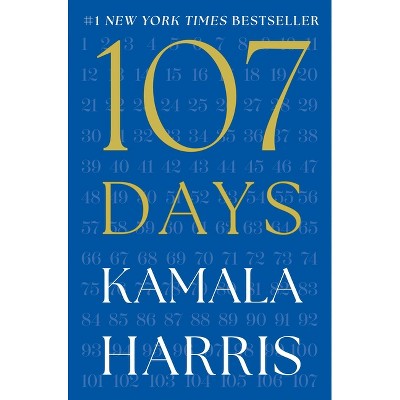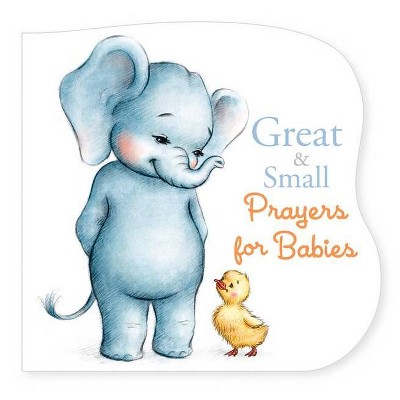Sponsored

Transferring Juveniles to Criminal Courts - by Dean J Champion & G Larry Mays (Hardcover)
In Stock
Sponsored
About this item
Highlights
- This is the first book to provide an in-depth study of the juvenile transfer process.
- About the Author: DEAN J. CHAMPION is Professor and Chair of the Department of Criminal Justice at Minot State University.
- 208 Pages
- Freedom + Security / Law Enforcement, Civil Procedure
Description
About the Book
This is the first book to provide an in-depth study of the juvenile transfer process. Criminal justice's get tough policy has led to greater use of this process which, on the surface, transfers persistent juvenile offenders to criminal court jurisdiction in order to impose more serious penalties. The implications of this growing phenomenon are increasingly important for both the juvenile and criminal court systems. Champion and Mays' analysis includes descriptions of juvenile courts, types of offenders processed by these courts, and characteristic outcomes of transfers. Examining the transfer process in detail, they explore social and legal definitions of delinquency; goals and functions of transfers; legal rights of juveniles; and the implications of possible penalties, such as the death penalty. Questions such as whether transfers necessarily result in harsher punishment are discussed at length. Transferring Juveniles to Criminal Courts is designed for students majoring in criminal justice, public administration, political science, sociology, and psychology.
Examining the transfer process, Chapter One provides a thorough discussion of the social and legal definitions of delinquency. Chapter Two is an overview of juvenile options, juvenile punishments, public policy, and the theme of deterring juvenile offenders. A description of transfers in different jurisdictions, including their goals and functions, is provided in Chapter Three. Chapter Four then explores the various implications of these transfers. Public policy is examined as it relates to the prevalent get tough policy. Chapter Five describes the criminal court and some of the varied functions served by these courts. Finally, Chapter Six summarizes several important trends relating to juvenile transfers. It includes male/female juvenile comparisons, the issue of selective certification, implications of prison overcrowding, and the emergence of a unified court system. An up-to-date bibliography is provided for further research.
Book Synopsis
This is the first book to provide an in-depth study of the juvenile transfer process. Criminal justice's get tough policy has led to greater use of this process which, on the surface, transfers persistent juvenile offenders to criminal court jurisdiction in order to impose more serious penalties. The implications of this growing phenomenon are increasingly important for both the juvenile and criminal court systems. Champion and Mays' analysis includes descriptions of juvenile courts, types of offenders processed by these courts, and characteristic outcomes of transfers. Examining the transfer process in detail, they explore social and legal definitions of delinquency; goals and functions of transfers; legal rights of juveniles; and the implications of possible penalties, such as the death penalty. Questions such as whether transfers necessarily result in harsher punishment are discussed at length. Transferring Juveniles to Criminal Courts is designed for students majoring in criminal justice, public administration, political science, sociology, and psychology.
Examining the transfer process, Chapter One provides a thorough discussion of the social and legal definitions of delinquency. Chapter Two is an overview of juvenile options, juvenile punishments, public policy, and the theme of deterring juvenile offenders. A description of transfers in different jurisdictions, including their goals and functions, is provided in Chapter Three. Chapter Four then explores the various implications of these transfers. Public policy is examined as it relates to the prevalent get tough policy. Chapter Five describes the criminal court and some of the varied functions served by these courts. Finally, Chapter Six summarizes several important trends relating to juvenile transfers. It includes male/female juvenile comparisons, the issue of selective certification, implications of prison overcrowding, and the emergence of a unified court system. An up-to-date bibliography is provided for further research.Review Quotes
?The title of this book is slightly misleading, and unfortunately so, because Champion and Mays have written a brief but excellent overview of the juvenile justice system as well as a concise survey of the "get tough" philosophy toward delinquency that has resulted in the transfer of a growing number of juveniles to adult criminal courts. For those who seek a general understanding of the juvenile justice system, and the movement to try juveniles as adults, this book provides a superb beginning. The first two chapters offer useful definitions relating to delinquency, as well as a coherent overview of the juvenile justice system; chapter 3 describes the transfer process from juvenile to criminal court and delineates the nature and goals of and justification for treating minors as adults. In chapter 4 the authors examine the implications of transfer for juvenile hearings and in chapter 5 they analyze the criminal court as it confronts the increasing number of juvenile offender dispositions. Chapter 6 summarizes and projects juvenile transfer trends. The major Supreme Court cases concerned with juvenile rights are examined, and several specific issues, such as the execution of minors, are considered. Each chapter concludes with a useful summary of important points. The book is lucidly written and coherently organized. The presentation is objective throughout. The bibliography is excellent; the name and subject indexes are good. Highly recommended for general public and undergraduate collections.?-Choice
"The title of this book is slightly misleading, and unfortunately so, because Champion and Mays have written a brief but excellent overview of the juvenile justice system as well as a concise survey of the "get tough" philosophy toward delinquency that has resulted in the transfer of a growing number of juveniles to adult criminal courts. For those who seek a general understanding of the juvenile justice system, and the movement to try juveniles as adults, this book provides a superb beginning. The first two chapters offer useful definitions relating to delinquency, as well as a coherent overview of the juvenile justice system; chapter 3 describes the transfer process from juvenile to criminal court and delineates the nature and goals of and justification for treating minors as adults. In chapter 4 the authors examine the implications of transfer for juvenile hearings and in chapter 5 they analyze the criminal court as it confronts the increasing number of juvenile offender dispositions. Chapter 6 summarizes and projects juvenile transfer trends. The major Supreme Court cases concerned with juvenile rights are examined, and several specific issues, such as the execution of minors, are considered. Each chapter concludes with a useful summary of important points. The book is lucidly written and coherently organized. The presentation is objective throughout. The bibliography is excellent; the name and subject indexes are good. Highly recommended for general public and undergraduate collections."-Choice
About the Author
DEAN J. CHAMPION is Professor and Chair of the Department of Criminal Justice at Minot State University. He is an author and editor of numerous books, including Felony Probation: Problems and Prospects and The U.S. Sentencing Guidelines (both from Praeger, 1988 and 1989, respectively).
G. LARRY MAYS is the Chairman of the Department of Criminal Justice at New Mexico State University. This is Dr. Mays' fourth book.Shipping details
Return details
Discover more options







